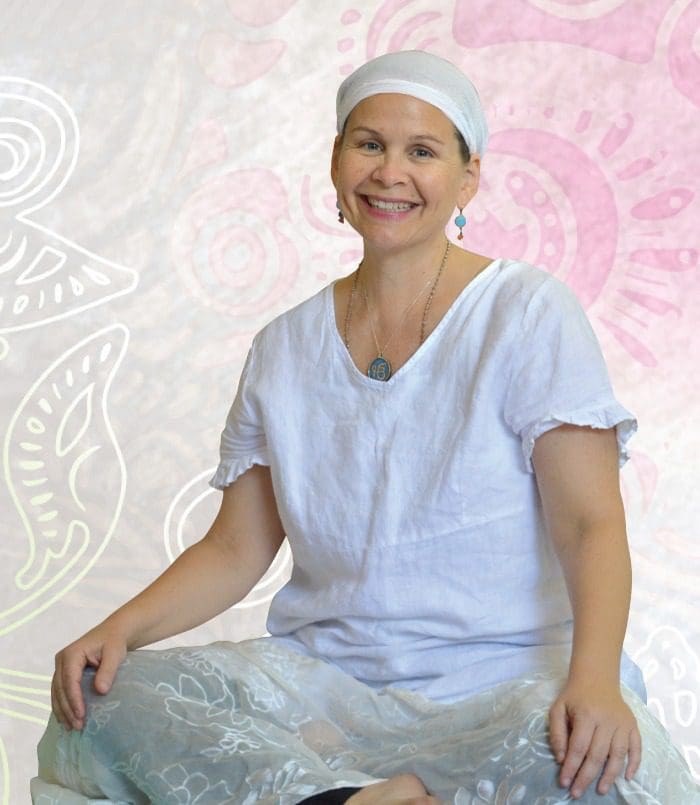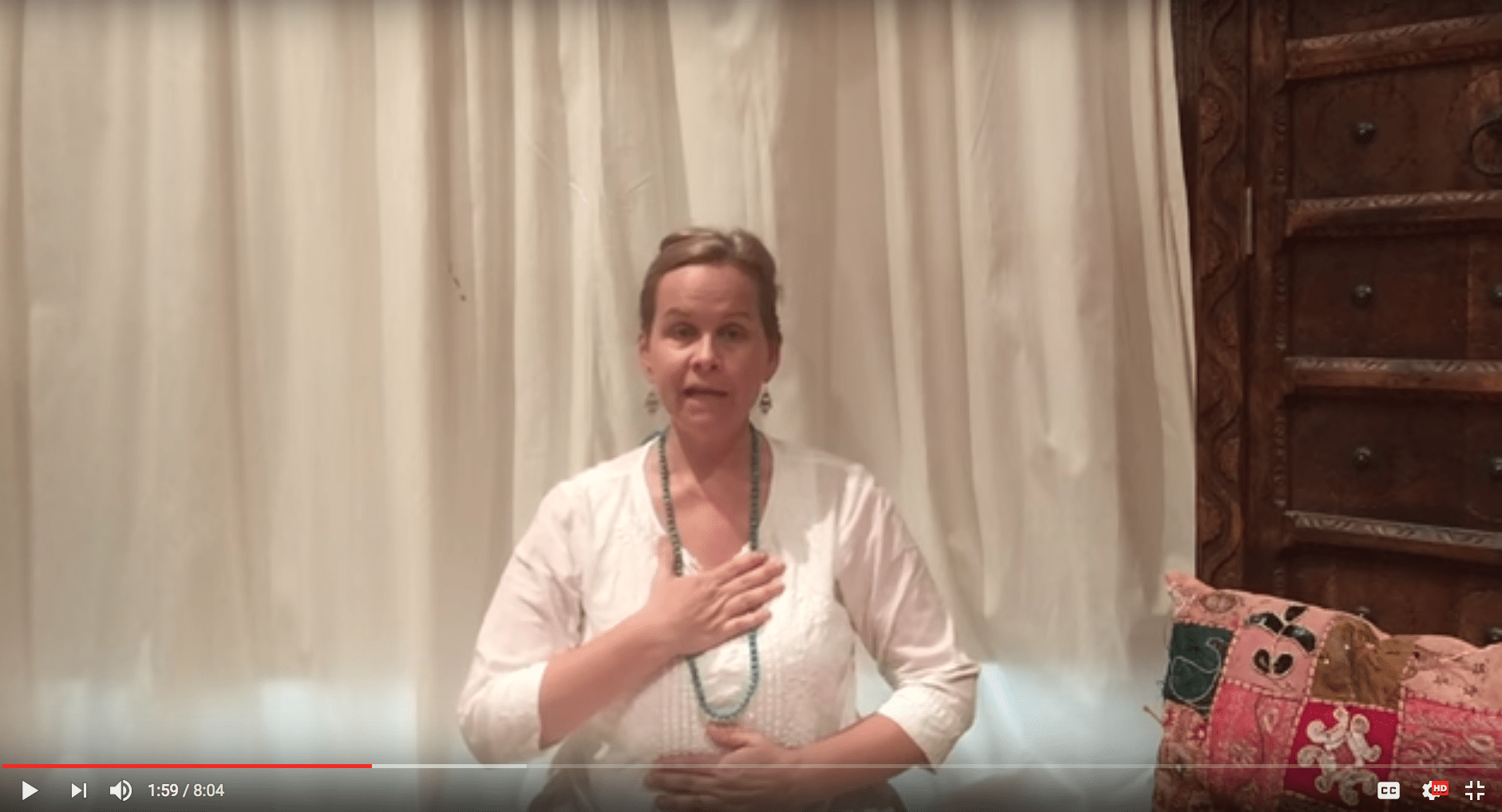As you move through cancer, there are many phases, starting with detection and the shock of diagnosis. Next come urgent decisions and active treatment. At the end of treatment there is relief (and sometimes anxiety) and the beginning of recovery. In many cases, there is ongoing treatment or ongoing maintenance. You are an active participant in looking for the best answers and working on survival.
You are encouraged to DO a variety of things with your feelings: stay eternally positive, become a warrior and fight, research and advocate for yourself, walk to raise funds, all while reassuring loved ones that you are ok and nothing is going to change. All the while being grateful for every moment. And everyone likes it when you are cheerful too.

Often, authentic feelings of terror, anger, fear and grief are set aside, stuffed, and sacrificed because you are focused on beating the cancer, but also because you are trying to maintain your equilibrium. And if you have a partner or children, you focus on managing their distress as well.
Jennifer remembers having her blood drawn before her first chemo session at MD Anderson. She could see her sweet husband across the lobby as she walked out. She had tears rolling down her cheeks but when she saw his worried face, she swallowed the tears and as they caught each other’s eyes across the large room filled with patients, she gave a big (fake) reassuring smile. By the time she got to him, her tears were dry. He said with great relief when she reached him for a hug, “You don’t know what it means to me to see you smile.” But she did. That’s why she did it. She set aside the sadness to make him feel more comfortable

So what happens to feelings that don’t get expressed but instead are stuffed or ignored so that others feel encouraged and comfortable, or so that you can focus on getting through the treatment at hand?
Over years of teaching my weekly Yoga Warriors Class and Yoga and Talk® Therapy Groups, I’ve learned that many of us are encouraged, either subtly or directly, NOT to share the more difficult feelings. Anger and fear, loss and pain, and the intense ways they can be expressed, are hard for loved ones to handle hearing, at least on a regular basis.
And yet we have these feelings on a regular basis. They are a normal part of our human experience, especially when faced with a life or death challenge.
Research in neurobiology finds that ignoring or repressing emotions or memories does not make them disappear. Instead, the limbic system, the emotional part of the brain, stays activated as though the initial experience is actually happening.
You might not be talking about it, but you are still feeling unexpressed emotions, in the mind or in the body.
Stuffing your feelings leads to these 5 painful behaviors:
1. Self attack
2. Loneliness and isolation
3. Expressions of anger that cause relationship problems
4. Depression
5. Fearfulness and daily anxiety
Here are some things you can do instead:
1. Write out your feelings in a private journal, especially the “unacceptable” ones.
2. Tell a trusted friend or loved one what you are feeling inside.
3. Get enjoyable exercise to discharge tension. Try lifting weights (if permitted by your physician) to maximize tension and release.
4. Practice gentle yoga.
5. Learn to stabilize your mind through meditation. Join the Joyboots for Cancer Survivors community (free) that receives a short meditation each week.
6. Seek out safe, quality therapeutic spaces where you can really let yourself express the fear and pain and anger.
Once the feelings that are bottled up get expressed and understood, you will have more energy and vitality and stability of mind as you move forward. And move forward you will!
New Yoga and Talk® Therapy Groups for Cancer Survivors start in October.




